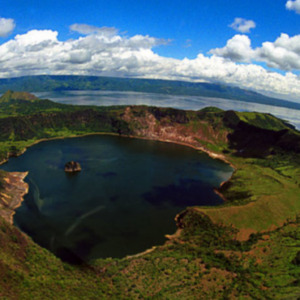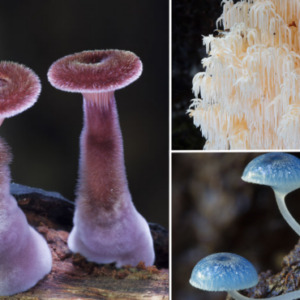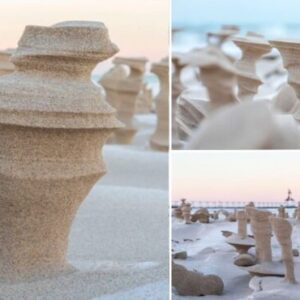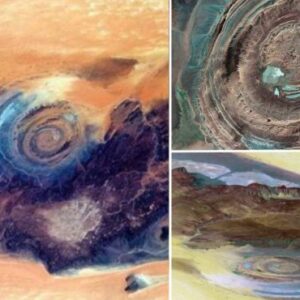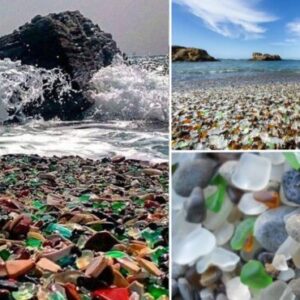The Persian Gulf is a vast body of water that has been around for millions of years. It is located in the Middle East and is bordered by the Arabian Peninsula to the south and Iran to the west. The Gulf is known for its warm waters, rich marine life, and strategic importance as a major oil-producing region. However, what many people don’t know is that the Persian Gulf was once a massive water tank that overflowed and left behind a lot of salt.
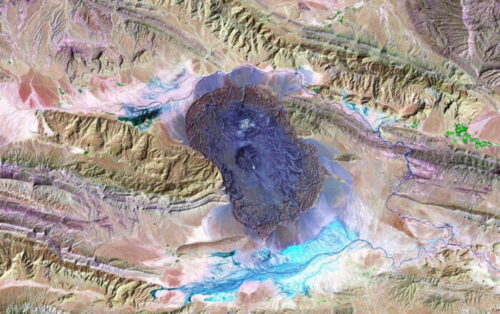
The formation of the Persian Gulf dates back to the early Tertiary period, around 70 million years ago. At that time, the Arabian Peninsula was a vast plateau that was gradually sinking into the sea. As the land sank, the sea level rose, and the waters of the Indian Ocean began to flood the region. Over time, the sea water filled the basin, creating the Persian Gulf we know today.
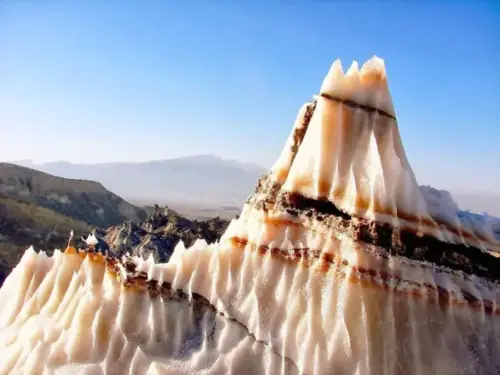
As the water level rose, it began to overflow into the surrounding areas, including the Arabian Peninsula and Iran. This overflow left behind a lot of salt, which was deposited on the land as the water evaporated. The salt layers were then covered with sediments that were carried by the water from the rain and the rocks. Over time, these sediments became dense and heavy, weighing down on the salt layers.
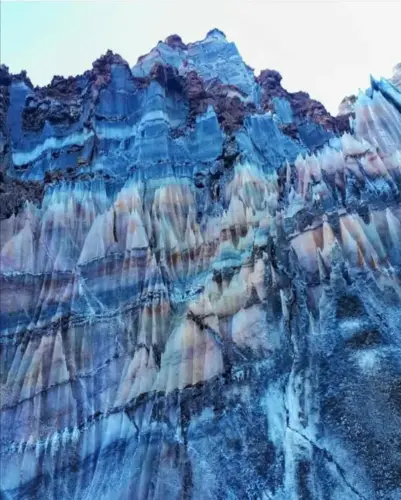
The sediments that covered the salt layers were made up of a variety of materials, including sand, silt, and clay. These materials were carried by the water from the surrounding mountains and deposited on the salt layers. As the sediments accumulated, they became compacted and cemented together, forming a layer of sedimentary rock.
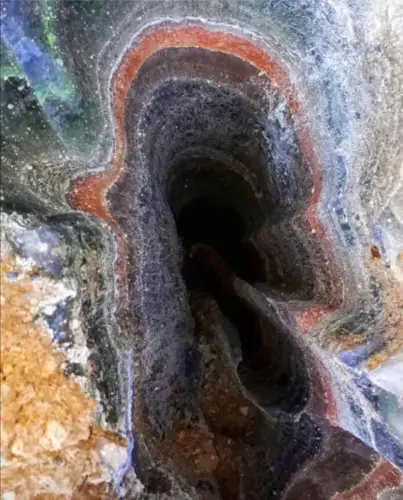
Today, the Persian Gulf is home to a diverse range of marine life, including fish, dolphins, whales, and sea turtles. It is also an important shipping route, with millions of barrels of oil passing through its waters every day. However, the history of the Gulf is just as fascinating as its present-day importance. The salt layers that were left behind when the Gulf overflowed are a testament to the region’s geological past and provide valuable insights into the Earth’s history.

